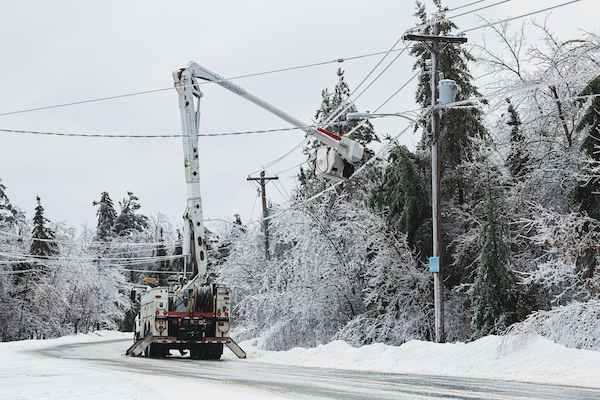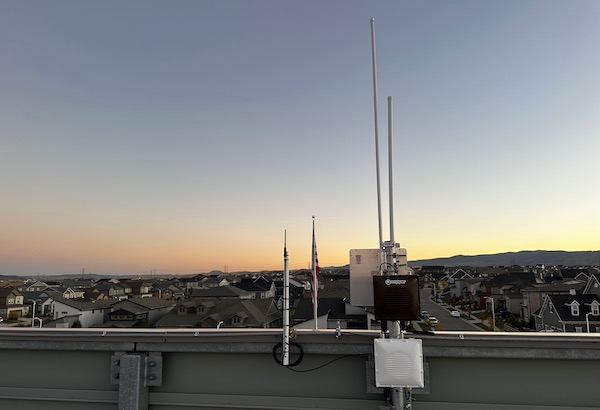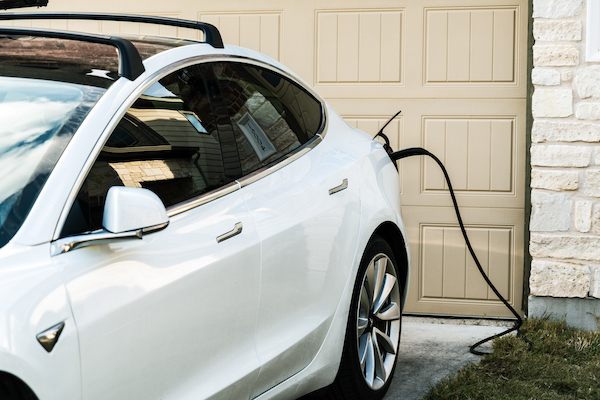Can Residential Customers Help Boost Energy Reliability?
On Christmas Eve 2022, a powerful winter storm in the United States delivered what were, in some places, the coldest temperatures in 40 years — in others, it was the coldest ever recorded. In the Midwest and North Atlantic, the footprint of the PJM grid operator serves 65 million people in 13 states and the District of Columbia. During the Christmas Eve storm, wind gusted to 65 mph, while heavy snow tore down power lines and cut off power to tens of thousands of customers. What’s more, the demand for electricity so strained the grid that officials pleaded with customers to cut back usage: “Please turn down your thermostats and refrain from using major appliances such as washing machines.”

The potential for wide-scale rolling blackouts was happening not just in PJM’s footprint, but in many regions of the country. The grid stayed online, thankfully. After the event, PJM’s spokesperson noted, “We called for conservation, we asked residents—even though it was a holiday weekend and even though it was cold—to conserve some energy,” and they did.
In fact, PJM credited both customers and their local utilities with conserving power, saying “They were super helpful.” This was especially important given that some of the power plants that routinely generate grid electricity were offline in the frigid conditions (for a variety of reasons, from frozen natural gas pipes to jammed coal pulverizers). The success of PJM’s efforts involved more than a bit of luck: PJM’s operators had no idea how many customers would respond, or to what extent it would help. Fortunately, it worked.
Nationally, the U.S. Energy Information Administration suggests that power outages are occurring more frequently and lasting longer, with average outage durations doubling between 2013 and 2021. In August alone, the Electric Reliability Council of Texas (ERCOT) asked customers to voluntarily conserve energy for eight days in a two-week period to avoid rolling blackouts.
A grid strained by extraordinary weather and a corresponding industry response is nothing http://new. In some places, commercial and industrial customers (including huge factories) have had standing contracts for years with their respective utilities to reduce their power draw (“load”) during periods of peak/excessive demand. This correspondence is called “demand response.” In return, these corporate customers are compensated, in some cases significantly, for helping support grid stability and reliability. However, while these programs have shown promise and results, they’re typically based on fixed agreements and may not truly reflect the real-time value to the grid.

Many utilities have also been gradually expanding demand response programs on the residential side, often through the use of smart thermostats that can adjust temperature setpoints by a few degrees to reduce demand. These kinds of programs generally offer a $20-25 annual incentive for customers that participate in a minimum number of events, and have consistently proven to be a valuable resource for managing peak loads on the grid. It’s unclear, however, if this approach can scale quickly enough to meet emerging reliability concerns, particularly since roughly 80 percent of customers don’t currently have a smart thermostat installed.
To engage more customers and get deeper load reductions, a different approach may be needed. Instead of a fixed annual incentive for participation, one approach could be to explore dynamic incentives. Tied either to the real-time wholesale price of power or the estimated cost of power outages, this approach could provide larger total incentives and stronger economic signals. Higher incentive levels and a new approach that supports customer choice could make these kinds of programs more appealing to residential consumers, while opening the door to increased participation from low- and moderate-income customers and those in disadvantaged communities.

Supporting this kind of approach will require new and more dynamic frameworks from regulators and utilities, as well as better, near-real-time consumption data. Although new smart meters collect energy use data frequently, they often deliver it in bulk a day later to the utility, have delays in their communications networks that make real-time analysis difficult, and prioritize in-meter analysis over cloud-based approaches, limiting the sophistication of potential measurement and verification efforts for demand response. The good news is that some new technologies are now able to remotely access near-real-time data from existing meters — including both smart meters and older drive-by AMR systems — and share it with utilities and customers while supporting timely data analysis through a streamlined cloud-based approach. That’s exactly what’s needed to support a new demand response paradigm.
America’s utilities can and should take advantage of the opportunity to improve grid reliability by providing better transparency and incentives to residential customers. The technology exists to support flexible, real-time load management, provide customer engagement and feedback, and compensate customers equitably. That’s truly the utility of the future, available today.
Dan Forman is CEO at Copper Labs. Dan brings twenty years of experience as an entrepreneur and business development leader in venture-backed enterprise software companies. Copper Labs offers innovative technology solutions that remotely collect near-real-time data from existing electric, gas, and water meters without extensive infrastructure overhauls.
Copper Labs | www.copperlabs.com
Author: Dan Forman
Volume: 2023 November/December








